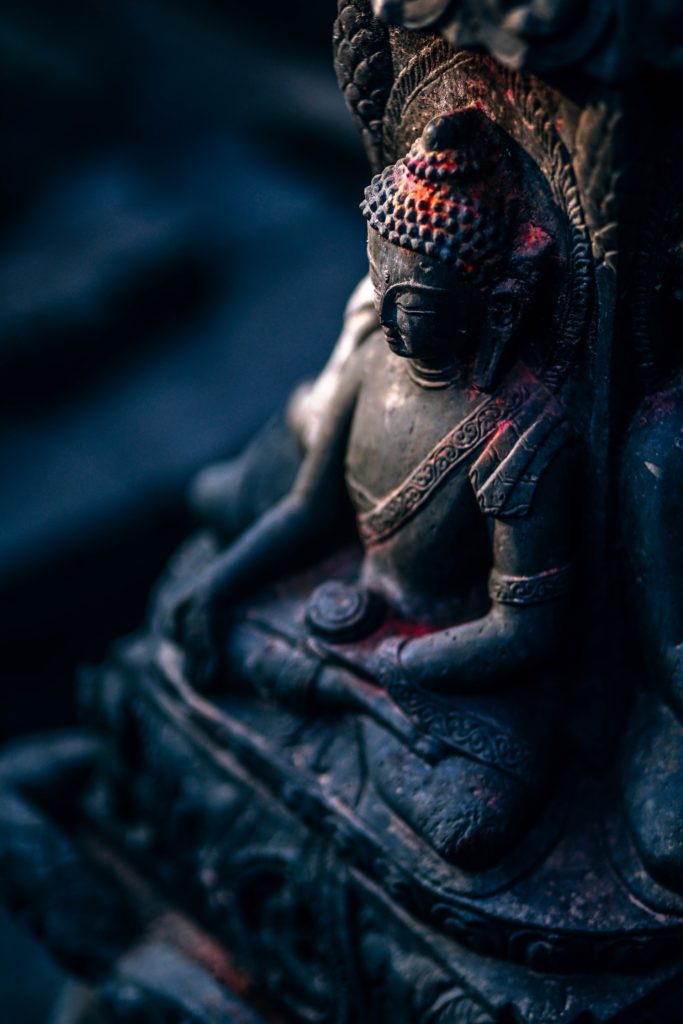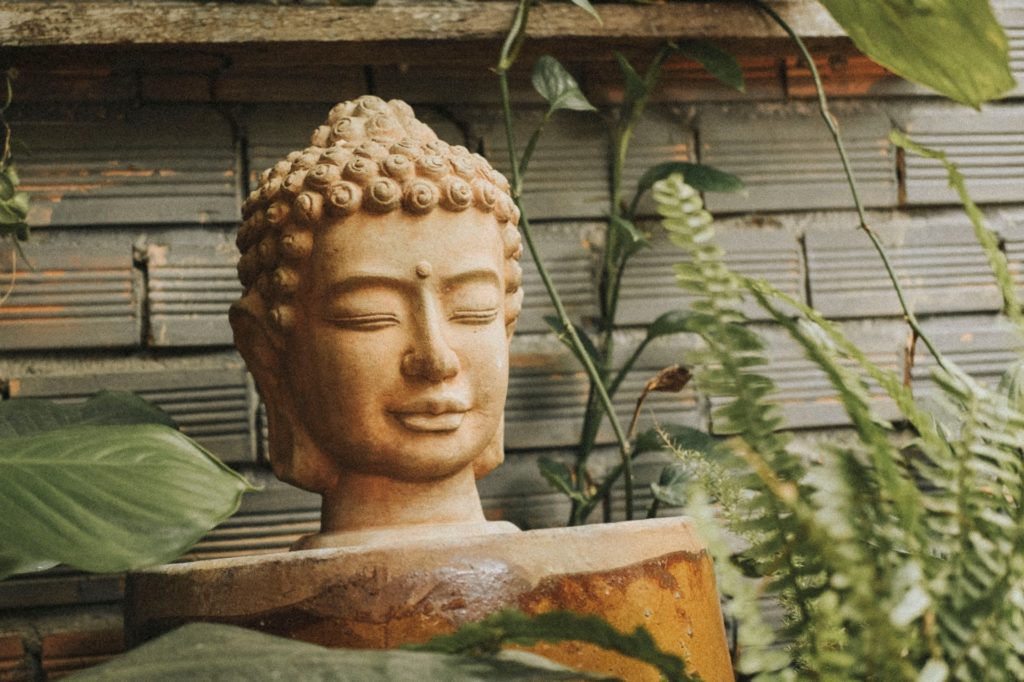
The Theravada tradition traces its roots to the words of the Buddha preserved in the Pali Canon and considers itself to be the more orthodox form of Buddhism.
Theravada flourished in south India and Sri Lanka in ancient times; from there it spread for the first time into mainland Southeast Asia about the 11th century into its elite urban centers. By the 13th century, Theravada had spread widely into the rural areas of mainland Southeast Asia, displacing Mahayana Buddhism and some traditions of Hinduism which had arrived in places such as Thailand, Cambodia, Vietnam, Indonesia and Malaysia around the mid-1st millennium CE. The later traditions were well established in south Thailand and Java by the 7th century, under the sponsorship of the Srivijaya dynasty. The political separation between Khmer and Sukhothai led the Sukhothai king to welcome Sri Lankan emissaries, helping them establish the first Theravada Buddhist sangha in the 13th century, in contrast to the Mahayana tradition of Khmer earlier.

Sinhalese Buddhist reformers in the late nineteenth and early twentieth centuries portrayed the Pali Canon as the original version of scripture. They also emphasized Theravada as being rational and scientific.
Theravāda is primarily practiced today in Sri Lanka, Burma, Laos, Thailand, Cambodia as well as small portions of China, Vietnam, Malaysia, and Bangladesh. It has a growing presence in the west.
